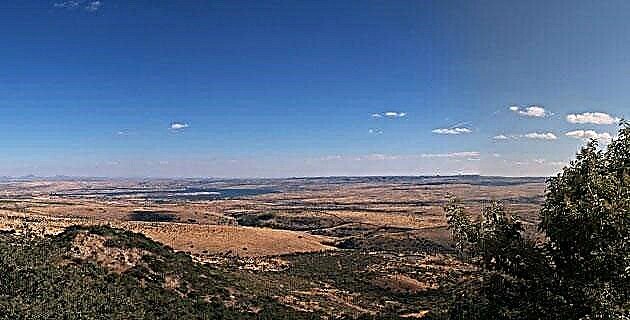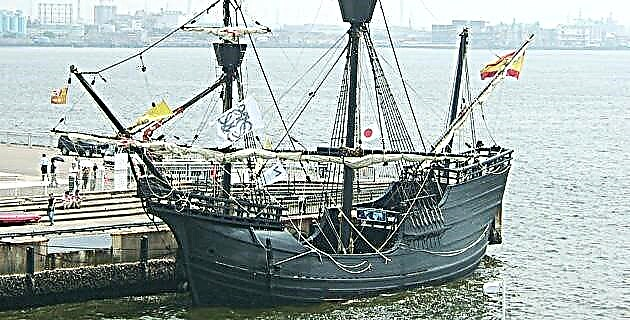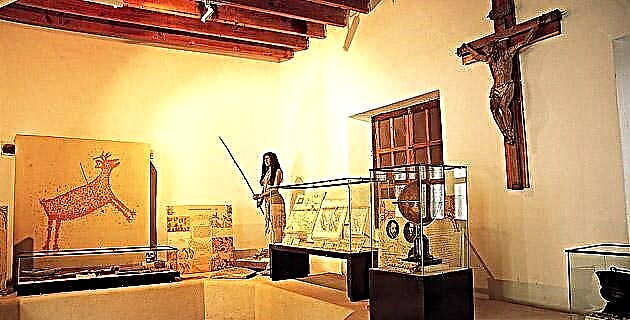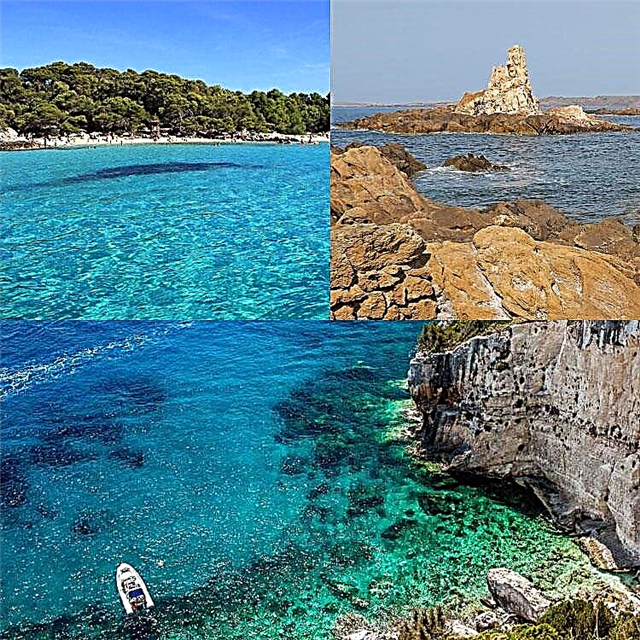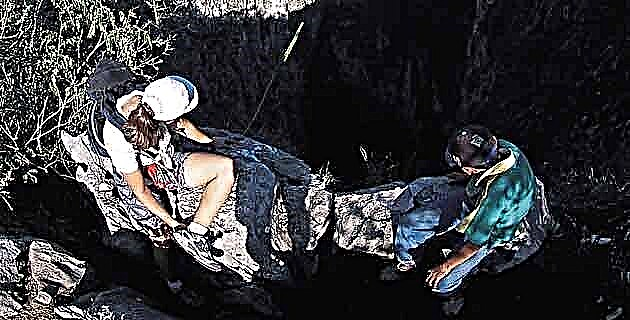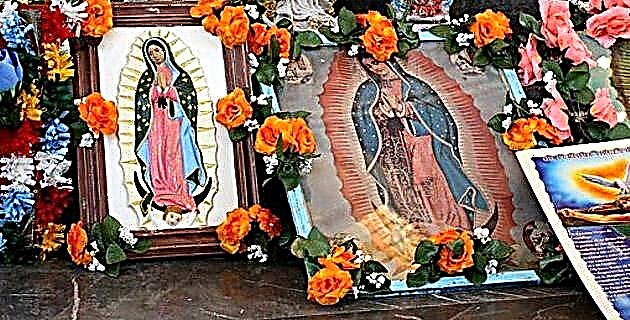
What are processions and how did they appear in our Mexico? Keep reading and find out ...
This type of festival presents another face of the process of evangelization and religious syncretism, identifiable from various elements, and is given in places of pilgrimage where people go to ask for and thank more personal favors through the saints. The great majority of these and of the virgins appeared by means of a miracle, and they have endorsed this quality through the centuries. The Virgin of Guadalupe (1531) and the Cristo Moreno de Chalma clearly symbolize the substitution of a pre-Hispanic deity for another Christian in the same place of the ancient cult. Sanctuaries such as Chalma (1573), Otatitlán (1596), Esquipulas in Guatemala (1597), Ocotlán (1536) and San Juan de los Lagos (1623), not only have a direct link with pre-Hispanic sites, but are also localities where springs flow. or rivers converge or even combine with the existence of caves.
Another group of sanctuaries arises around the places of the mining activity that enslaves thousands of Indians and that, from the aboriginal mythological perspective implies hurting the bowels of the earth, which if it does not receive prayers and prayers to ask for "permission", it is charged with human blood. The Virgin of Talpa in Jalisco and the Santo Niño de Atocha in Plateros, Zacatecas respond to such characteristics.
For her part, the Virgin of Zapopan, also known as "General of the arms of the army of New Galicia" plays an important role in terms of pacifying the armed resistance by the conquered, since her prodigious appearance in the battlefields endorsed victory by spiritual way.
The fervor, the “you send” the pilgrimages and turn them to the sanctuaries into pilgrimages that combine the sale of food with that of a myriad of religious objects, and thus the fair and the festival merge into the processional atmosphere.
Finally, in reference to the life cycle festivals, the important thing is that the ceremonies that sustain them are cultural expressions with a deep social meaning, since they successively reinforce the role of the individual within his family, in union with others, and in the behavior expected of her in front of the community.
In indigenous regions, it is common for men to put a small hoe in their hands at christening, and for women, a winch (spindle) to spin wool or cotton, or a wooden strip to tighten the waist loom fabric, thereby symbolizing the activities that they will have to carry out throughout their lives; The 15-year parties mark the transition from childhood to youth and present the young woman of marriageable age. Compadrazgo indicates that parents share parenting with symbolic father figures, expanding family ties. Perhaps this helps us to understand why the feast of the Faithful Dead combines both the cult in the family altar, and the collective in the cemetery or pantheon. The Mexican party is the space where the process of multiple conquests and that of resistance are shown in all its splendor and with all its contradictions.

